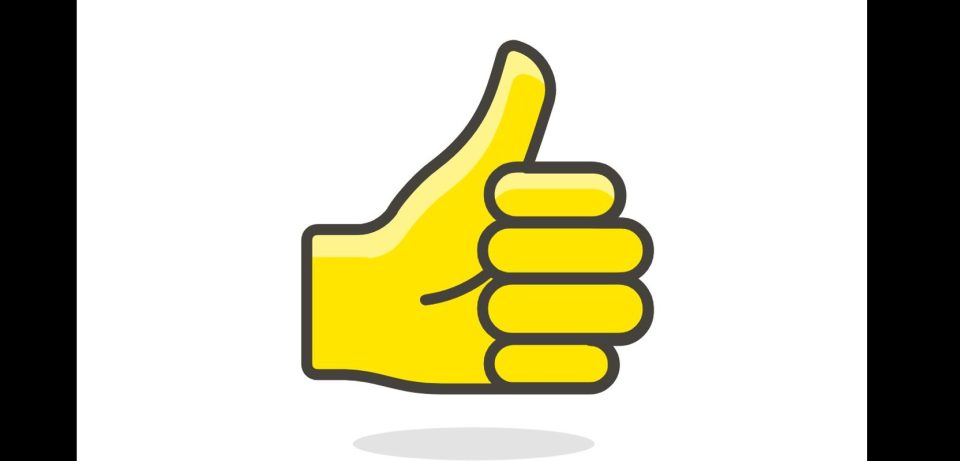
Use of thumbs-up emoji lands Canadian man in trouble; court fines him Rs 51 lakh

In this era of constant use of social media and instant messaging applications in our daily lives, sometimes, one may exactly not know the correct meaning of an emoji that they share with friends, family, and in their professions. And, in an unusual incident, use of a particular emoji has landed a man in trouble.
A court in Canada has ordered a farmer to pay a heavy fine (Canadian dollars $82,000 – USD $61,442, about Rs 51 lakh) for using the thumbs-up emoji while responding to a contract agreement sent to him.
The ruling which was delivered in June, was reported in local media this week.
Also read: Gen Z calls out thumbs-up emoji as ‘rude’, wants to ban 9 other
Justice TJ Keene of the Court of King’s Bench for Saskatchewan ruled that thumbs-up is a “nontraditional means to ‘sign’ a document”.
The court was hearing the case between a grains buyer (Kent Mickleborough) and a farmer named Chris Achter in Swift Current, Saskatchewan.
Achter, the owner of a farming company, had sent a thumbs-up emoji in response to a photograph of a flax-buying contract sent to him by Mickleborough in 2021. Months later, when the time of the delivery arrived, the buyer – who had been doing business with Achter for several years – did not receive the flax, a Reuters report said.
Also read: Emoji Day: What’s the rolling eye, the wink, and the flying kiss?
Mickleborough had spoken to Achter on the phone and texted a picture of a contract and asked him to “please confirm flax contract” in the message. To this, Achter replied with a thumbs-up emoji.
When the dispute over the contract reached the court, Achter said in his affidavit that he sent the thumbs-up emoji to indicate only to say that he had received the text message.
“I deny that he accepted the thumbs-up emoji as a digital signature of the incomplete contract,” Achter said in an affidavit. “I did not have time to review the Flax Contract and merely wanted to indicate that I did receive his text message.”
However, Justice Keene, in his ruling said, “This court readily acknowledges that a 👍 emoji is a nontraditional means to ‘sign’ a document but nevertheless under these circumstances this was a valid way to convey the two purposes of a ‘signature’ — to identify the signator” as Mr. Achter because he was texting from his cellphone number and “to convey Achter’s acceptance of the flax contract,”.
“I agree that this case is novel (at least in Saskatchewan) but nevertheless this Court cannot (nor should it) attempt to stem the tide of technology and common usage.
“This appears to be the new reality in Canadian society and courts will have to be ready to meet the new challenges that may arise from the use of emojis and the like,” he added.
In his judgment, Justice Keene also mentioned how dictionary.com defines thumbs-up emoji.
“A starting point is that the 👍 emoji has arrived in the world of dictionary meaning: “it is used to express assent, approval or encouragement in digital communications, especially in western cultures (👍; Dictionary.com online: (17 May 2023)). I am not sure how authoritative that is but this seems to comport with my understanding from my everyday use – even as a late comer to the world of technology,” he said.
According to dictionary.com, an emoji is “a small digital image or icon used to express an idea or emotion”.
Next time, when you use an emoji, it is better to know the exact meaning before hitting the send button on your phone.


